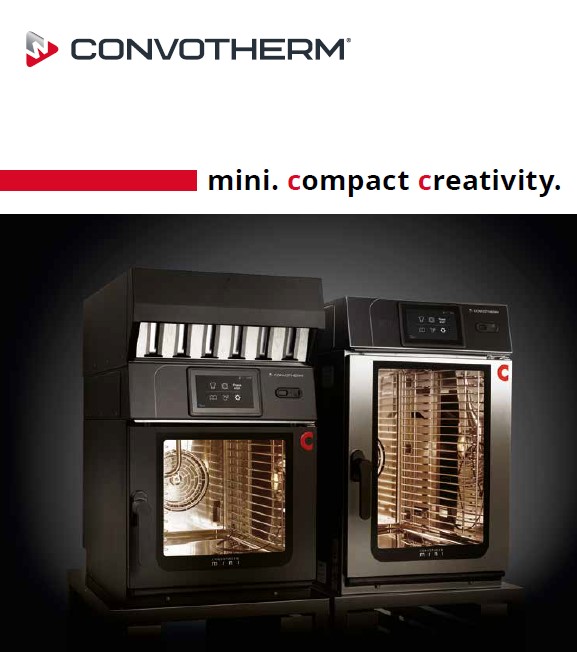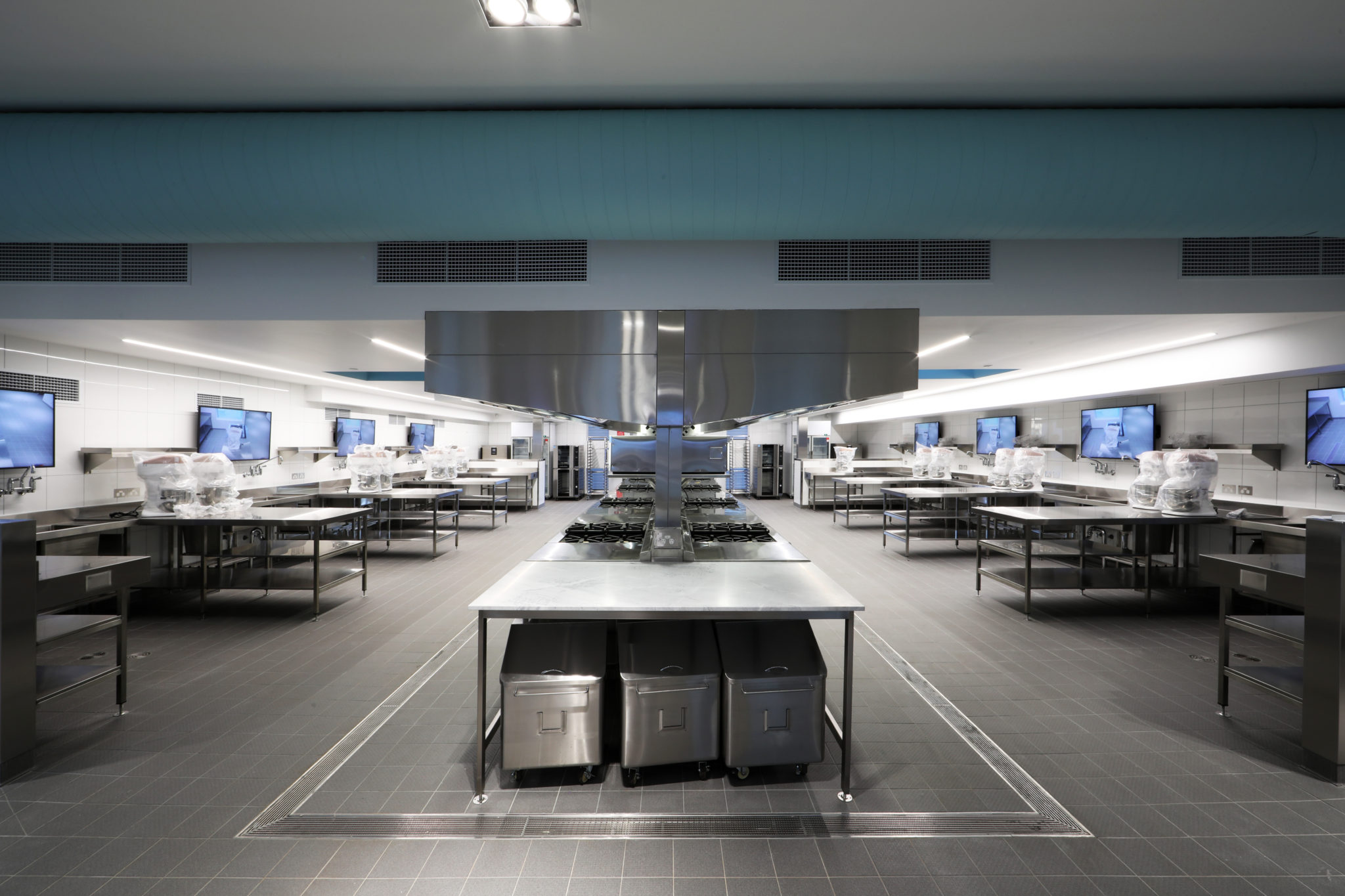-
- Back
- Commercial Kitchen Equipment
- Refrigeration
- Benchtop Cooking Equipment
- Beverage & Drink Equipment
- Dishwashers & Glasswashers
- Food Preparation Equipment
- Ice Makers
- Stainless Steel Benches & Sinks
- View all categories
A Guide to Commercial Convection Ovens
Unlike traditional thermal or radiant ovens, Commercial Convection Ovens use fans to circulate hot air around the food so that all of your dishes are cooked faster and more evenly on all sides.
Especially good for browning and crisping, convection ovens are perfect for cooking meats that are deliciously crispy on the outside and tender and juicy on the inside.
Since convection ovens reduce cooking times by as much as 25% to 30%, they are popular with busy commercial kitchens—especially bakeries and pizzerias where large quantities of smaller items need to be cooked quickly.

Benefits of a Convection Oven
- Quick preheating
- Circulating the hot air around the food, dishes cook faster and more evenly on multiple racks
- Less need for rotating dishes between racks
- Excellent for browning and crisping
- Great for a variety of dishes including meats, casseroles and baked goods
Although commercial Convection ovens can often improve your consistency, a convection oven isn’t always appropriate. If you’re making delicate foods like some cakes, souffles, breads, and custard, the air circulation can inhibit the setting process, causing batter not to rise properly.
Choosing the Right Commercial Convection Oven
With an extensive range of brands in a variety of different sizes, capacities, and fans, choosing the right convection oven can seem daunting.
If you’re not sure which convection oven is right for you, we’ve put together a guide to choosing the best convection kitchen or business.
Types of Commercial Convection Ovens
Traditional vs True Convection Ovens
Traditional Convection Ovens often called the “American” version, it is similar to traditional radiant ovens with heating elements on the top and the bottom of the oven chamber and a fan in the back that circulates heated air around the food for faster, more evenly cooked food.
True Commercial Convention Ovens known as “European” ovens, these add a third heating element placed behind or in front of the fan. This creates even more uniform oven temperatures than traditional convection ovens offering superior roasting and baking. The benefit of having the third heating element means that True Convection Ovens are typically more expensive.
Countertop Convection Ovens
More compact and with a smaller capacity, Countertop Convection ovens are perfect for commercial kitchens where space is limited such as concession stands, food trucks, convenience stores, or quick-serve restaurants.
Floor Convection Ovens
As the name suggests, these are stand-alone models that typically come in half-size or full-size with the additional option of a single or double deck. You can also choose between standard depth or “bakery depth” with a deeper chamber that accommodates full-size sheet pans that extend from front to back.
Floor model convection ovens typically come with a variety of programmable features to regulate temperature and fan speeds along with specialized settings like “cook and hold” which allows you to set the thermostat lower than a traditional oven for slow-cooking roasts and other dishes.

Gas vs Electric Convection Ovens
These days both Gas and Electric Commercial Convection Ovens usually heat up in a similar fashion and timeline, with natural gas typically having a lower cost of usage than electric on a per-unit basis.
However, electric ovens are generally more responsive and offer the additional benefit of more consistent temperature controls. This means a reduced chance of over & undershoot of temperature settings which is more common with gas ovens.
Gas ovens have two primary disadvantages when compared with electric ovens:
One is that they must be located under an exhaust canopy to allow proper ventilation of heat and fumes to the outside. The other is that they must be connected to a fixed gas line, whereas an electric oven allows more flexibility in where it can be placed in your kitchen layout.
Keep in mind that many modern gas ovens may still require a base electrical connection for their digital controls.
Pro Tip
Be careful to locate digital control boards away from other heat and steam sources in your kitchen. Most oven manufacturers recommend a ventilation gap of 300mm or in some cases a heat shield barrier for protection against excessive heat from another appliance.
Also, to help prolong the life of your convection oven and assure it always cooks at its very best, be sure to clean the cooking vents on the main oven fan motor and the grilles on the cooling fans with a manufactured recommended brush every week.
Which is the best Commercial Convection Oven for your kitchen?
Hopefully, this review of available options has made it easier to decide which kind of Commercial Convection Oven is the right fit for your restaurant or business.
If you have questions about convection ovens in general or specific models and features, don’t hesitate to get in touch with Caterlink’s commercial kitchen experts who are ready to assist you.


























